London-based artist Erin Aniker was raised by an activist mother, is part of a female and non-binary led creative collective and was influenced by feminist theory at university. It is perhaps unsurprising then, that her bold and colourful illustrations often depict the faces, hands, relationships, nose rings and nail varnish of women. Ahead of International Women’s Day (Friday 8 March), she speaks to us about her feminist upbringing and her obsession with cobalt blue.
Words: Hannah Clugston
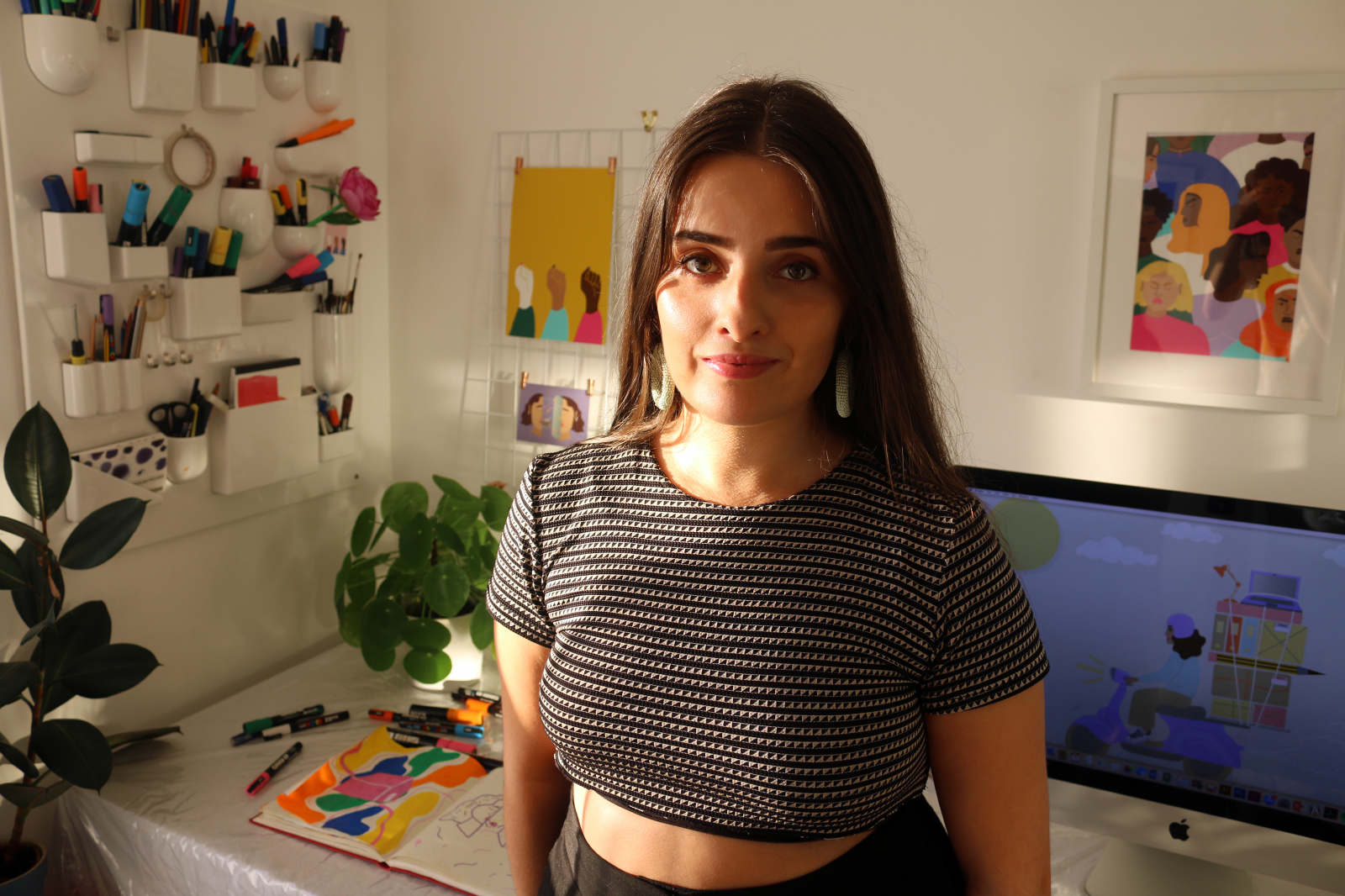
Erin Aniker
You have discussed going on protests with your mother when you were young, how do you continue her legacy of protest? I still go to protest marches. I am also part of a collective called We are Here UK, which is a group of women and non-binary black and Asian minority ethnic artists across all disciplines. We started it after the EU referendum because there was a spike in anti-immigration rhetoric and I think a few of us felt quite angry about it. I suggested we do an event or an exhibition where we explore what it means for us to be British and from another background as well. For me, I can be British and Turkish – they are not mutually exclusive identities. I like to think of We are Here UK as a form of activism. Also, in my illustration, if I get asked to do an editorial commission on a group of people, I will make sure that group is inclusive and include as many different types of people as possible. I will not go to the default setting of drawing lots of white middle class men.
Would you call your work feminist? I would. I am proud to call myself a feminist. I don’t make work with the sole intention of it being feminist. I think because I am so passionate about it and I am a feminist, I guess it just comes through in my work. When I create a piece of work, at the end I check it and ask am I conveying the right message?
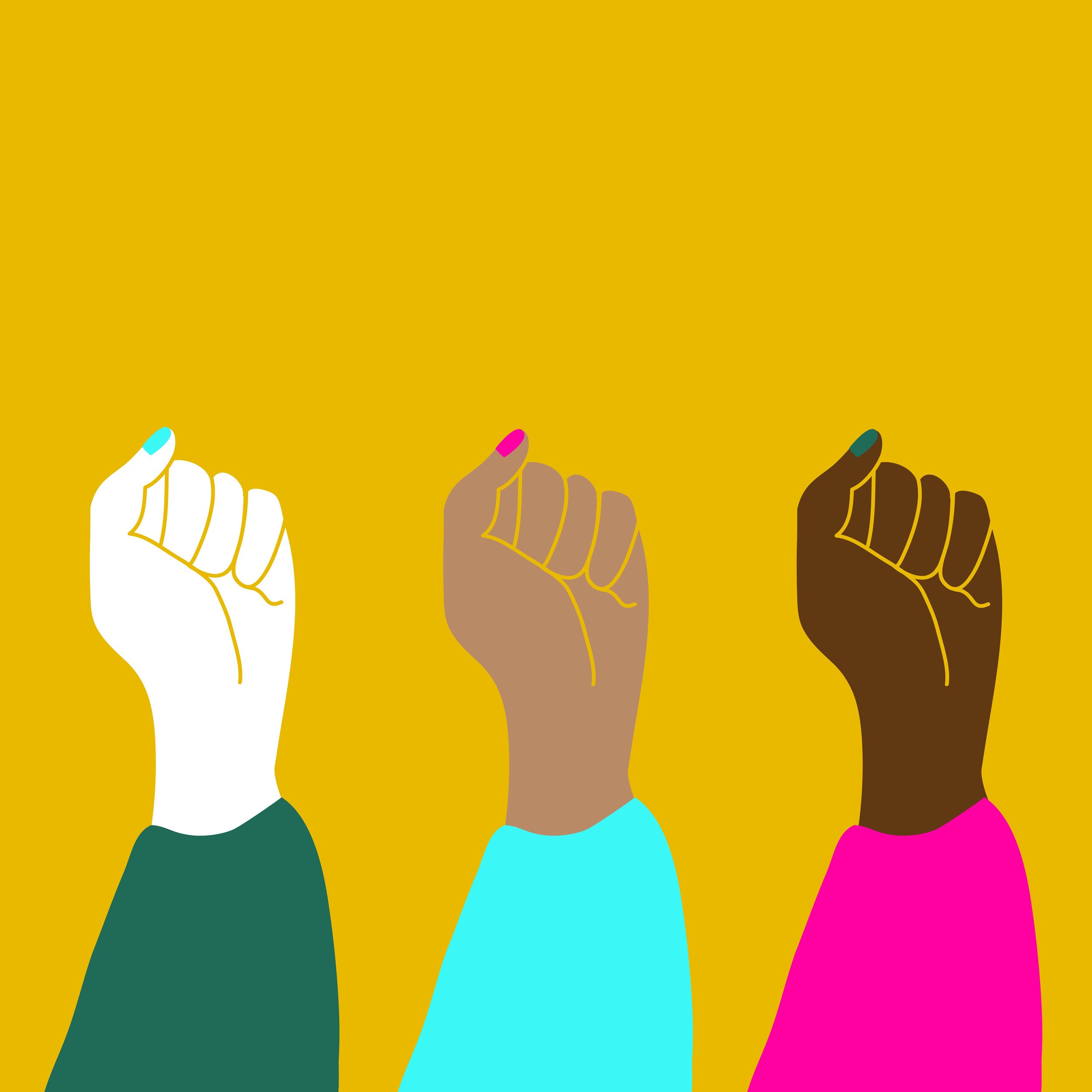
'Act!' by Erin Aniker
When did you realise you were a feminist? I think from quite a young age. I feel quite privileged to have had the upbringing that I did because my mum didn’t raise me and my twin brother separately based on our gender. That isn’t necessarily radical or feminist, but I noticed that a lot of my friends didn’t have the same experience. If my brother was out playing in the garden, she’d make sure I went out and climbed trees and did whatever I wanted to as well. And, if we were cooking, she’d make my brother do it too. So, I didn’t see things as gender-based tasks or roles, I saw them as things that everyone did.
So, you were raised a feminist? Yeah, and I would say my brother was raised a feminist as well because gender wasn’t something that affected our childhood from a parenting point of view. They didn’t treat us differently, they didn’t dress us in certain things and they didn’t give us specific toys. I am sure they did certain things that were gendered, but I think compared to a lot of my friends my upbringing was quite feminist.
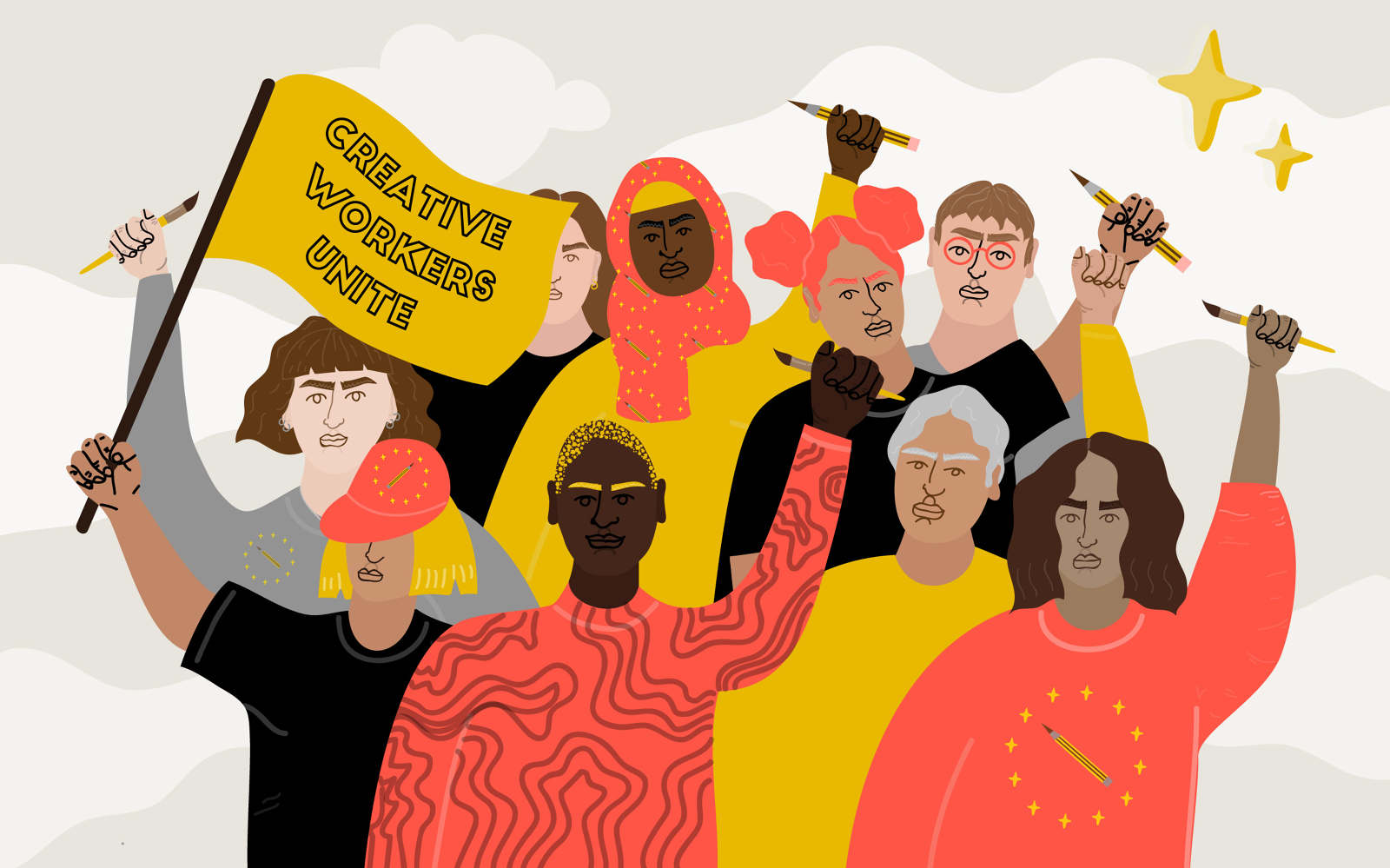
illustration for AIGA Eye on Design
Were women always a central interest for you in your work then? Definitely. I have automatically been drawn towards drawing women. My mum has always been a key figure in my life and a lot of my friends happen to be women. But, I think that my primary interest is people. I am quite interested in how things like culture affect us – I think being British and Turkish has impacted my work. My dad is a language teacher and speaks five different languages, and I grew up in east London so I am very interested in people and culture because it was something I was raised in. Hands feature quite a lot in my work – sometimes there are just hands and no faces, which removes gender but also reflects how I am really interested in people, community and how we can support each other, which I think is quite important at the moment.
In terms of the aesthetics of your work, what inspires you? I am inspired by Turkish textiles and ceramics. There is a strong use of cobalt blue in a lot of them, and there was one point where I was working in blue – like every single shade of blue – and then I started dressing in blue! I found it a really calming colour. I have come up with this colour palette that is bold and vibrant because I am trying to put things out there that are quite joyful, colourful and positive. London can be quite grey, so sometimes I even find myself dressing in bright colours.

How do you think we should celebrate International Women’s Day? I am a little bit cynical about International Women’s Day or anything that is just one day to celebrate just one thing, but I do think women need to be celebrated. I guess, the best thing to do would be to use the day to support women artists and to support the women in your life. Champion the women that you love and respect, and advocate for women’s and human rights. And, if you are in a position of power, think about the amount of women and non-binary women of colour you have in your employment – are you paying them properly? Is there a wage gap between your employees?
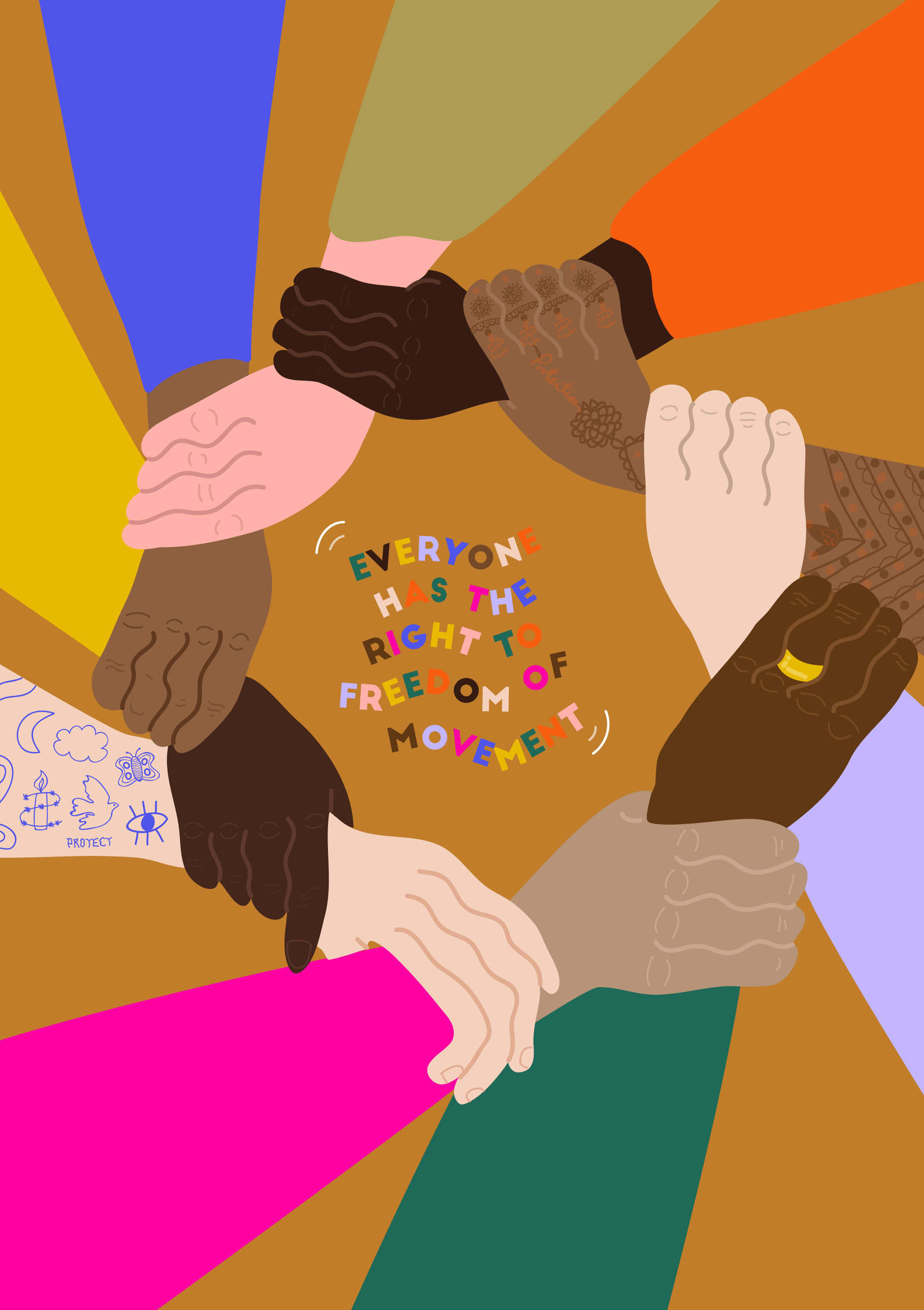
Riposte X Amnesty International UK | Protection Exhibition
Finally, choose one of your illustrations and tell me why it is important to you. I was commissioned to create an illustration about organ donation and religion and it is lots of hands from different backgrounds praying – or with hands clasped together – around a heart. On a similar theme, the illustration I created for Amnesty International to commemorate the anniversary of the Human Rights Act is lots of different hands all holding onto each other in a circle. The focus is on humanity and what we have in common as opposed to our differences. Both works are bright, powerful and positive. I think those two images definitely sum up what I want my work to stand for and the kind of work I want to create in the future too.
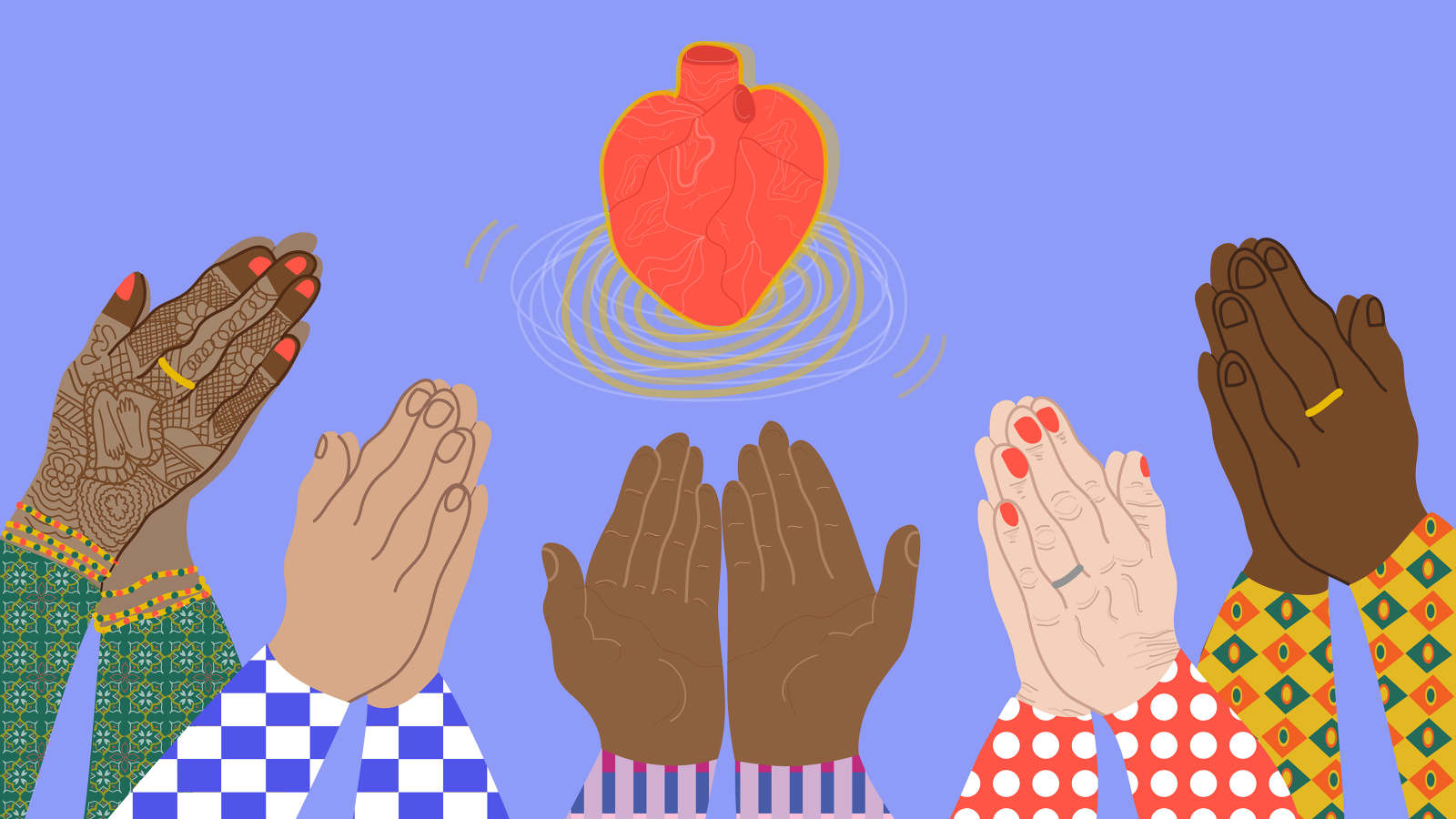
‘Palms’
Erin Aniker will be at The Other Art Fair hosting a Protest & Power illustration workshop on Sunday 17 March, 11am-6pm. Erin has created a range of poster templates based on feminist icons or you can draw your personal feminist hero from scratch. Visit www.erinaniker.com
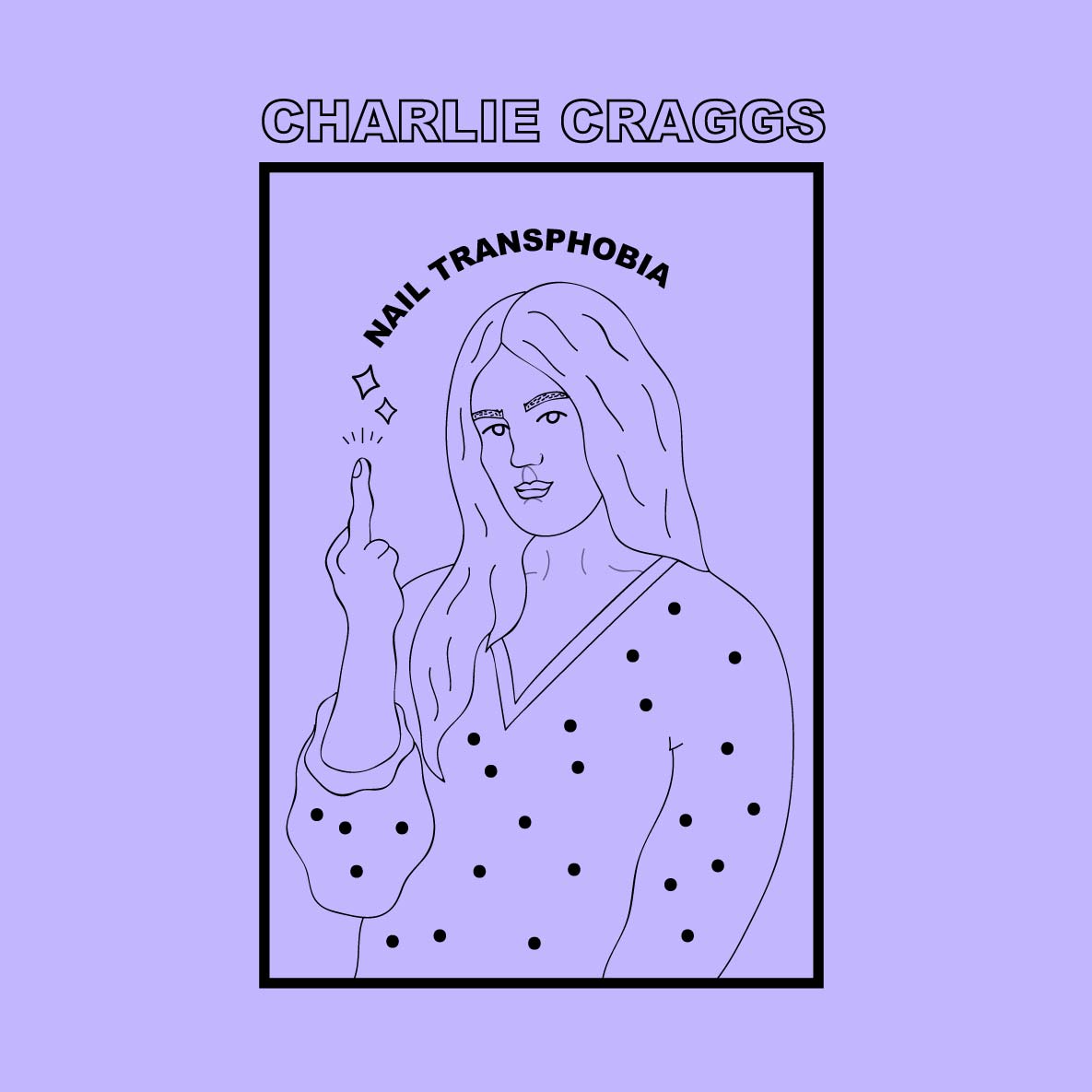+CHARLIE+CRAGGS+.jpg)
+-01.jpg)
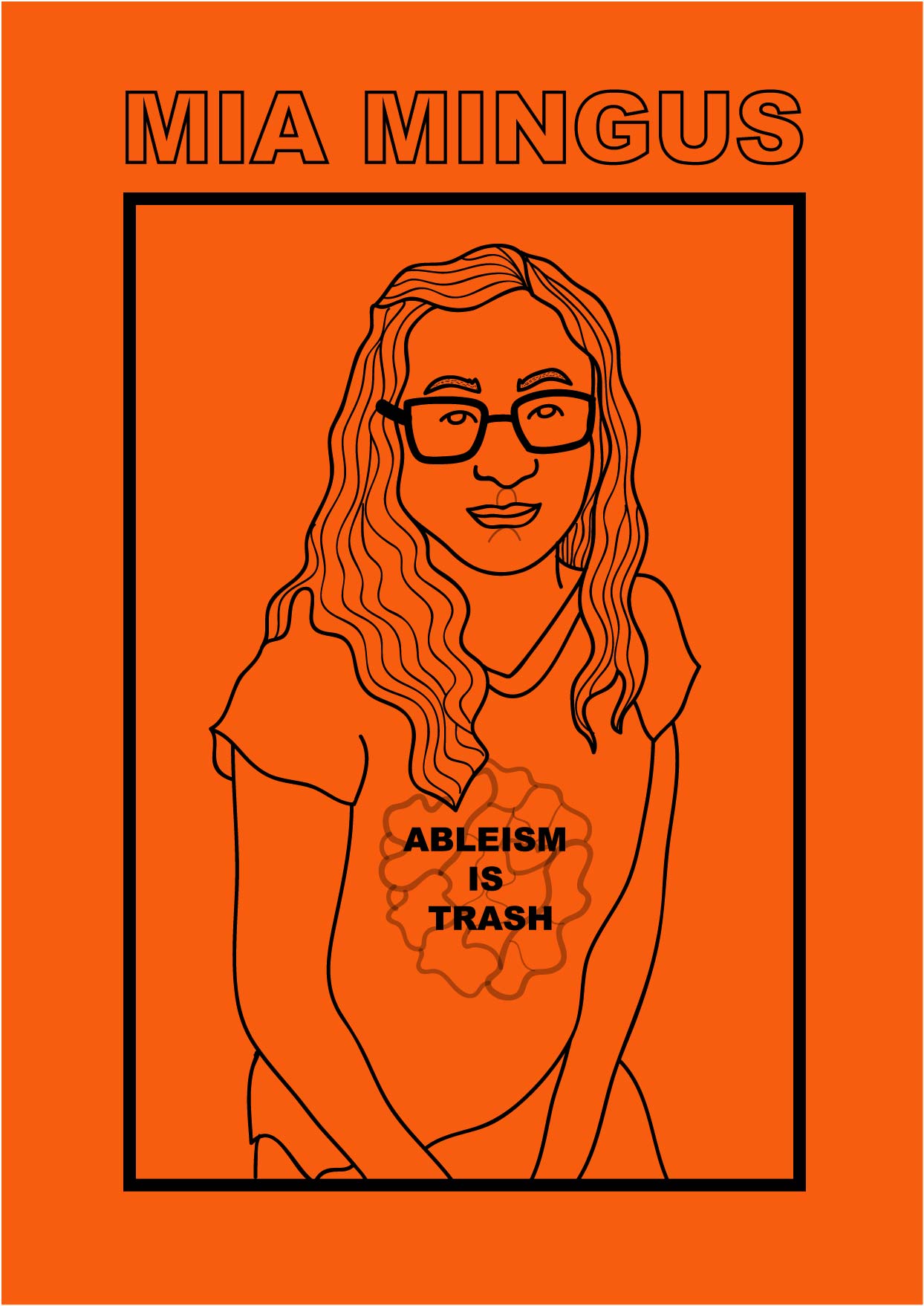+-01.jpg)
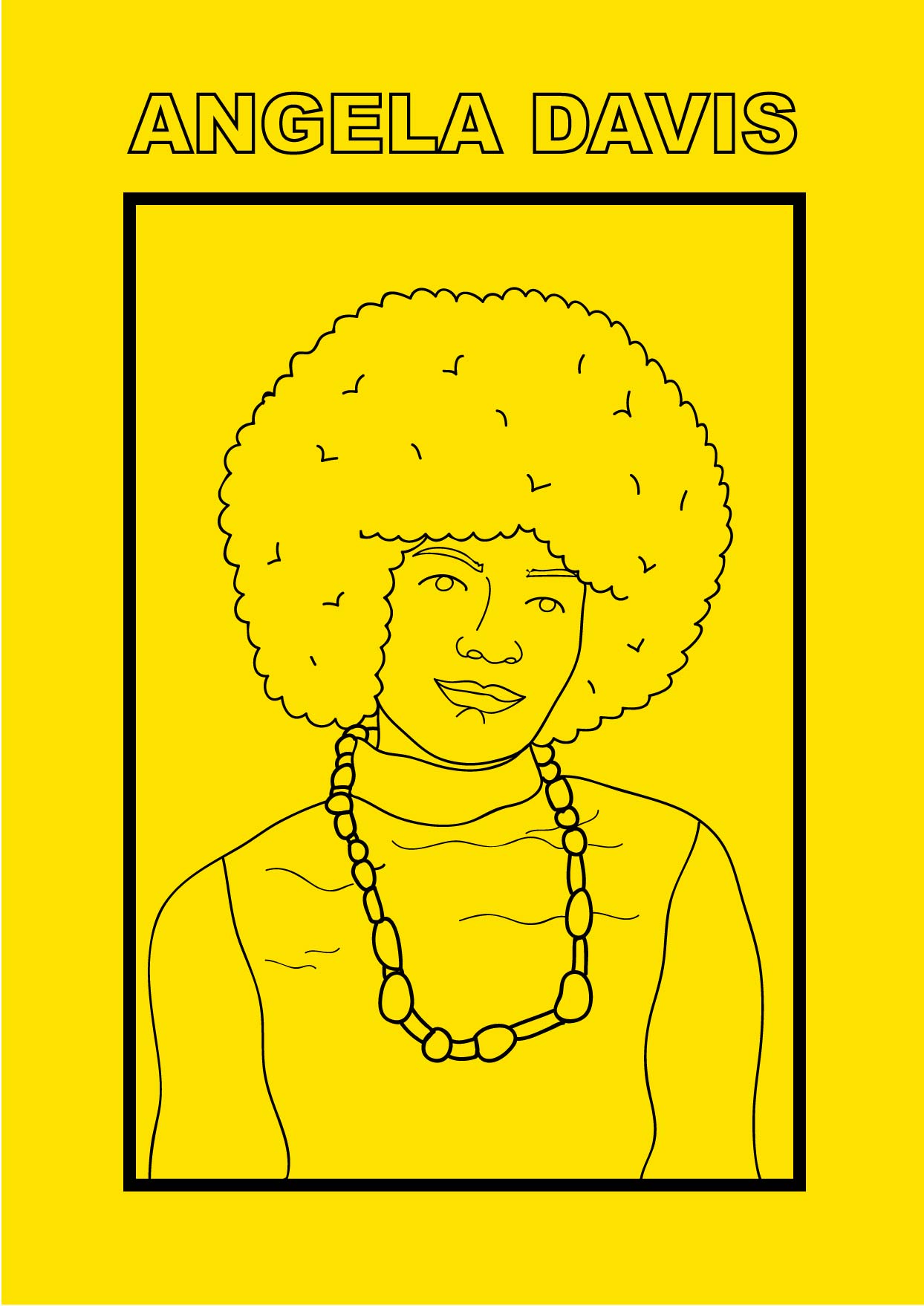+-01.jpg)
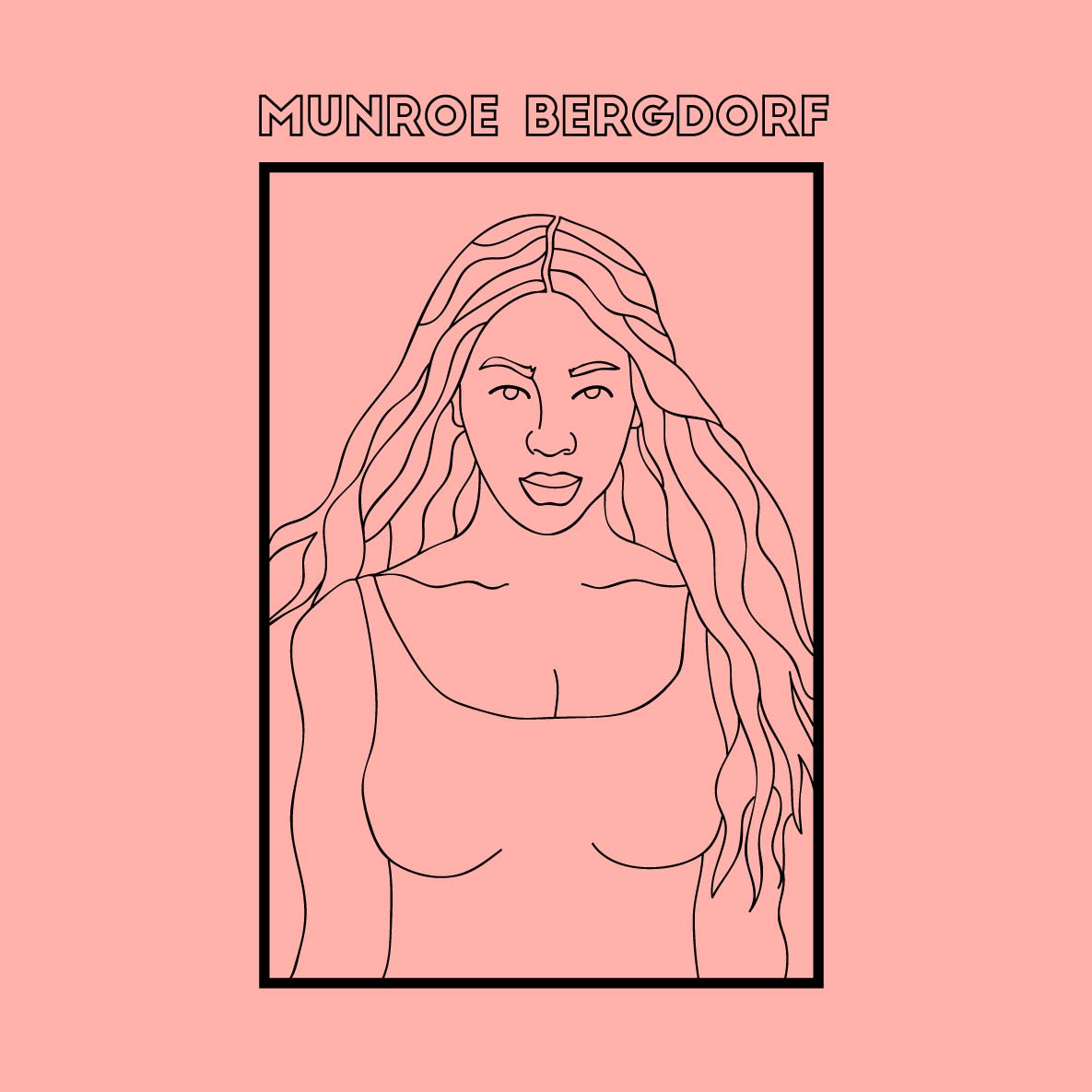+MUNROE+BERGDORF.jpg)
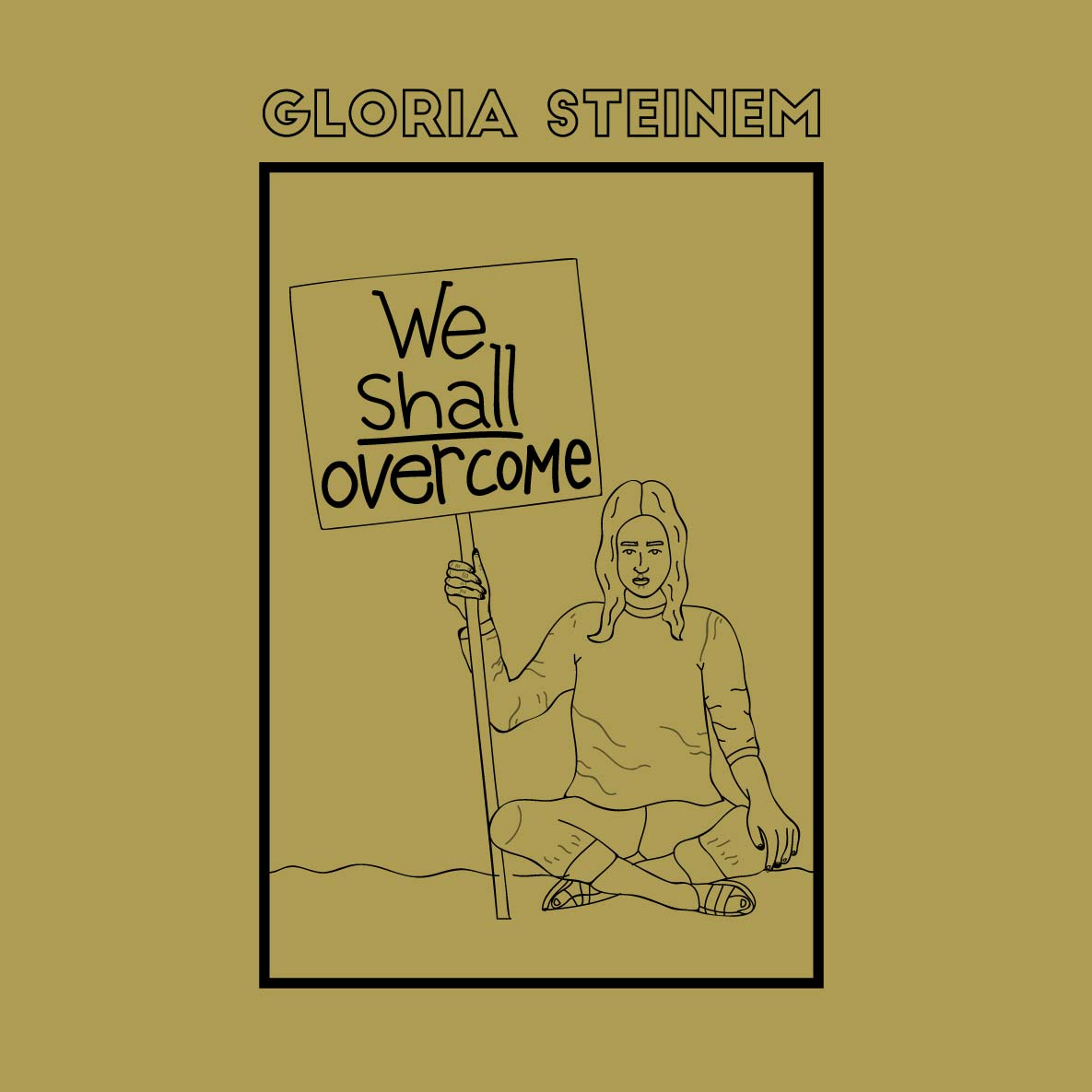+GLORIA+STEINEM.jpg)
